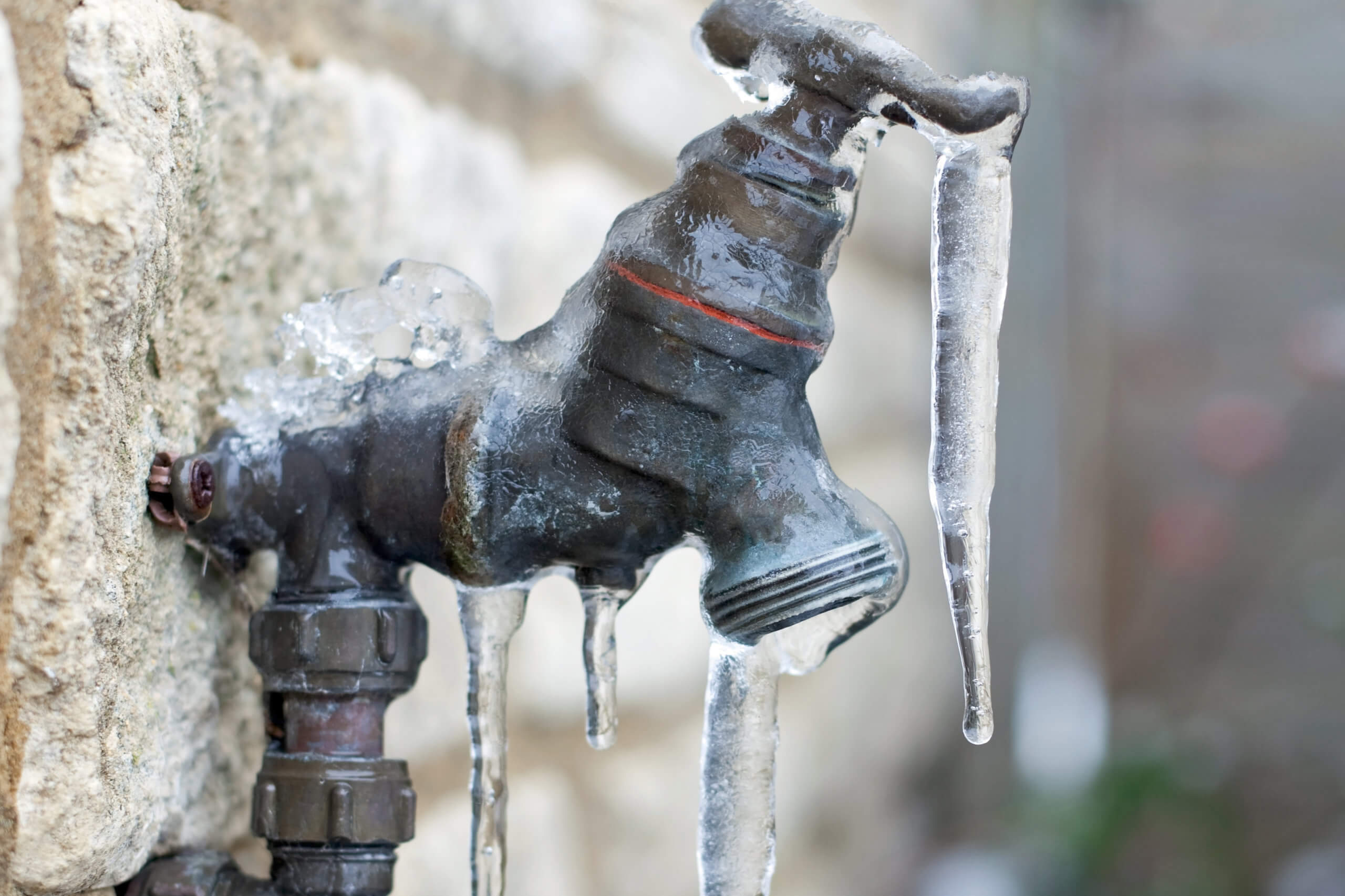Do you find yourself interested in insight concerning Prevent Frozen Pipes ?
:strip_icc()/snow-outdoor-faucet-pipes-4af65d1e5e904fb1aa7bf74071fe5d89.jpg)
Cold weather can damage your pipes, specifically by freezing pipelines. Below's exactly how to stop it from taking place and what to do if it does.
Introduction
As temperature levels drop, the threat of frozen pipelines rises, potentially causing pricey repair services and water damage. Recognizing how to avoid icy pipelines is essential for property owners in cold climates.
Recognizing Icy Pipes
What causes pipes to ice up?
Pipes ice up when exposed to temperature levels below 32 ° F (0 ° C) for prolonged durations. As water inside the pipes freezes, it expands, taxing the pipeline wall surfaces and potentially creating them to rupture.
Threats and damages
Frozen pipelines can bring about supply of water disturbances, home damages, and pricey repairs. Burst pipes can flood homes and trigger comprehensive structural damages.
Indications of Frozen Pipeline
Recognizing frozen pipes early can prevent them from bursting.
How to determine icy pipes
Seek lowered water flow from faucets, uncommon smells or sounds from pipelines, and noticeable frost on revealed pipes.
Avoidance Tips
Insulating at risk pipes
Cover pipelines in insulation sleeves or use warm tape to protect them from freezing temperatures. Focus on pipelines in unheated or outside areas of the home.
Home heating techniques
Keep interior rooms appropriately heated, especially locations with plumbing. Open up cupboard doors to allow warm air to distribute around pipelines under sinks.
Shielding Exterior Plumbing
Garden hose pipes and exterior faucets
Detach and drain garden hose pipes prior to winter season. Set up frost-proof faucets or cover exterior faucets with shielded caps.
What to Do If Your Pipes Freeze
Immediate activities to take
If you presume frozen pipes, maintain faucets open up to ease stress as the ice thaws. Utilize a hairdryer or towels soaked in warm water to thaw pipelines slowly.
Long-Term Solutions
Structural modifications
Consider rerouting pipes far from outside wall surfaces or unheated areas. Add extra insulation to attics, cellars, and crawl spaces.
Upgrading insulation
Invest in premium insulation for pipes, attics, and wall surfaces. Proper insulation assists preserve regular temperatures and lowers the threat of icy pipelines.
Final thought
Avoiding frozen pipelines needs proactive procedures and fast responses. By recognizing the causes, signs, and preventive measures, property owners can secure their pipes throughout winter.
5 Ways to Prevent Frozen Pipes
Drain Outdoor Faucets and Disconnect Hoses
First, close the shut-off valve that controls the flow of water in the pipe to your outdoor faucet. Then, head outside to disconnect and drain your hose and open the outdoor faucet to allow the water to completely drain out of the line. Turn off the faucet when done. Finally, head back to the shut-off valve and drain the remaining water inside the pipe into a bucket or container. Additionally, if you have a home irrigation system, you should consider hiring an expert to clear the system of water each year.
Insulate Pipes
One of the best and most cost-effective methods for preventing frozen water pipes is to wrap your pipes with insulation. This is especially important for areas in your home that aren’t exposed to heat, such as an attic. We suggest using foam sleeves, which can typically be found at your local hardware store.
Keep Heat Running at 65
Your pipes are located inside your walls, and the temperature there is much colder than the rest of the house. To prevent your pipes from freezing, The Insurance Information Institute suggests that you keep your home heated to at least 65 degrees, even when traveling. You may want to invest in smart devices that can keep an eye on the temperature in your home while you’re away.
Leave Water Dripping
Moving water — even a small trickle — can prevent ice from forming inside your pipes. When freezing temps are imminent, start a drip of water from all faucets that serve exposed pipes. Leaving a few faucets running will also help relieve pressure inside the pipes and help prevent a rupture if the water inside freezes.
Open Cupboard Doors
Warm your kitchen and bathroom pipes by opening cupboards and vanities. You should also leave your interior doors ajar to help warm air circulate evenly throughout your home.

Do you really like more info about Prevent Frozen Pipes ? Write a short review further down. We'd be happy to see your ideas about this blog. We hope to see you back again later on. If you appreciated our post kindly don't forget to share it. We enjoy reading our article about Helpful Tips to Prevent Frozen Pipes this Winter.
Click Here